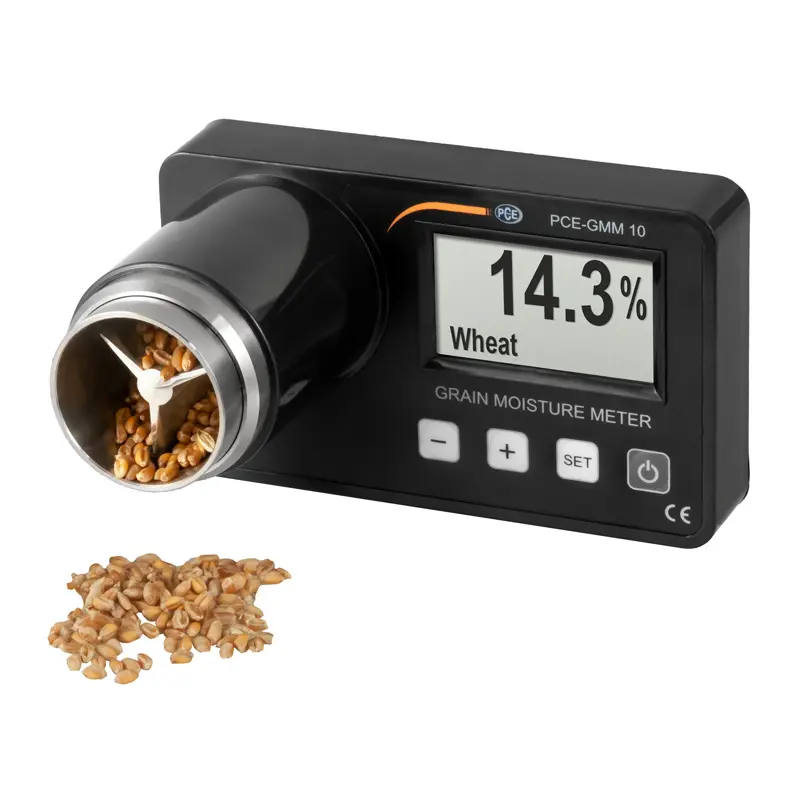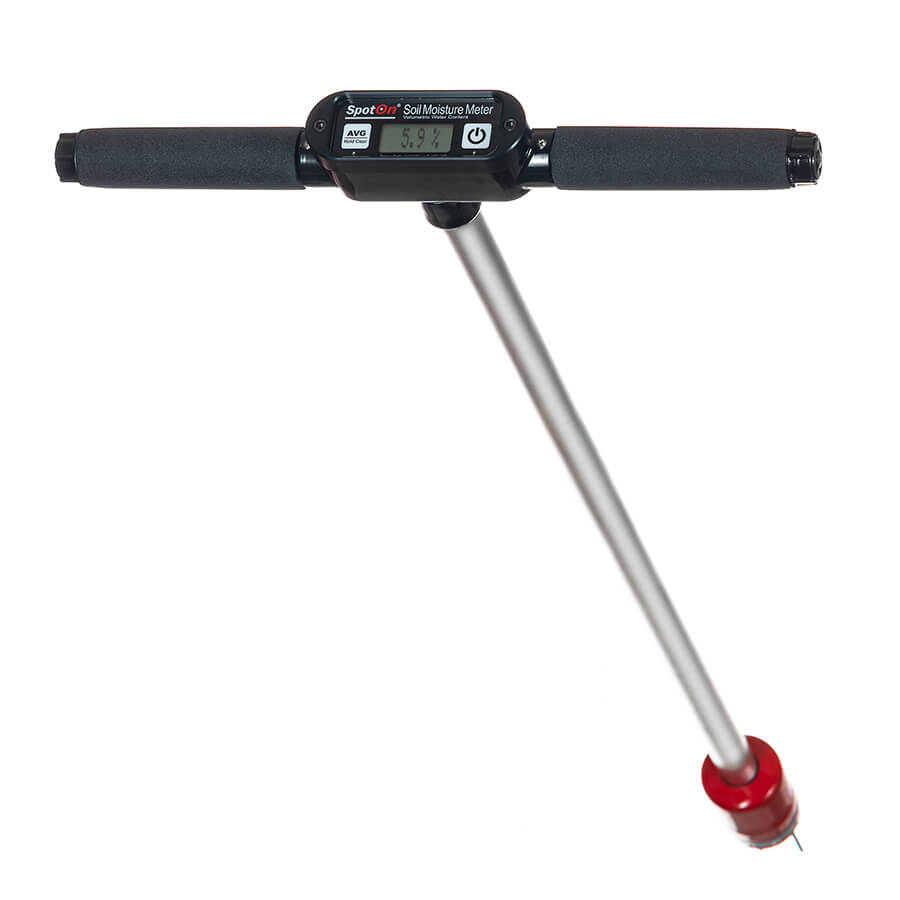Recognizing the Importance of a Dampness Meter in Stopping Mold and Water Damages in your house
In the world of home maintenance, the visibility of dampness can usually be a silent yet awesome enemy, with the ability of causing prevalent mold and mildew growth and dangerous water damage if left uncontrolled. Amidst the tranquil atmosphere of a residence, concealed moisture issues can make under the surface, posturing a risk to both home and wellness. Outfitted with the right tools and expertise, house owners can proactively combat these possible threats. Understanding the value of a moisture meter in this fight is not just an option but a tactical requirement.

Importance of Wetness Discovery
Effective dampness detection techniques are vital for guarding buildings and avoiding prospective mold and mildew development and water damage. Wetness can permeate right into numerous structure products, bring about architectural concerns and carcinogen - Moisture Meter. By using a dampness meter, residential or commercial property owners can proactively recognize areas prone to excess moisture, permitting prompt intervention and reduction approaches
Dampness meters give accurate readings of dampness degrees in different materials such as drywall, concrete, and timber. This information assists in identifying areas of concern, also in covert or hard-to-reach places. Early discovery of wetness build-up enables prompt repairs or changes to stop further damages.

Just How Dampness Meters Work
Dampness meters play a pivotal role in the positive recognition of excess dampness, helping in the avoidance of potential mold growth and water damage by offering precise analyses of dampness degrees in numerous structure products. Some advanced moisture meters integrate both pin and pinless innovations for comprehensive moisture detection. Understanding exactly how moisture meters feature is essential for accurate and timely wetness degree analyses, making it possible for efficient precautionary actions versus mold and mildew and water damages.
Detecting Early Warning Indicators
Upon first examination of a home, identifying subtle indicators of excess dampness ends up being vital in the very early detection of possible mold growth and water damages. Some usual very early warning indicators include musty smells, water discolorations on walls or ceilings, peeling off paint or wallpaper, and warped or discolored surface areas. Moldy odors commonly suggest the presence of mold and mildew or mold, even if no noticeable signs are noticeable. Water discolorations can indicate leakages or seepage, while peeling off paint or wallpaper may be an outcome of wetness compromising the bond of these products to the surface. Distorted or tarnished surface areas, such as distorting floorboards or stained drywall, are clear indicators of water damage. Moisture Meter. Furthermore, a boost in allergic reaction signs and symptoms or respiratory system problems among residents might recommend the existence of mold due to excess moisture. By quickly click to read more identifying and addressing these early caution indications, home owners can alleviate the danger of substantial mold and mildew growth and water damage in their buildings.


Stopping Mold And Mildew Growth
Identifying early indication of excess moisture within a home not only allows punctual discovery of prospective mold growth and water damages however also serves as a proactive step in protecting against the proliferation of mold and mildew. To properly protect against mold and mildew growth, it is crucial to deal with any type of sources of dampness quickly. This can include taking care of leakages in pipelines, roofing systems, or home windows, making sure proper ventilation in moist areas like restrooms and kitchens, and using dehumidifiers in high-humidity rooms. Consistently maintaining the building and examining's plumbing, roofing, and seamless gutters can additionally help in preventing water intrusion that can cause mold development.
Monitoring dampness degrees in locations prone to moisture, such as cellars and creep areas, utilizing a wetness meter can also aid in early discovery of elevated wetness levels and potential mold development. By taking aggressive procedures to prevent excess dampness and mold and mildew growth, house owners can secure their property and indoor air top quality.
Advantages of Routine Monitoring
Routine surveillance of wetness levels in a home can play an essential duty in keeping a healthy indoor atmosphere and protecting against prospective mold and mildew and water damage. By on a regular basis examining moisture levels, home owners can identify any kind of issues immediately and take needed activities to prevent mold development and water damages.
Moreover, regular surveillance enables homeowners to track patterns and fads in wetness levels over click to find out more time. Inevitably, the constant monitoring of dampness levels empowers home owners to secure click over here their building, guard their health and wellness, and preserve the honesty of their indoor setting.
Conclusion
In final thought, the usage of a wetness meter is crucial in avoiding mold and water damage in homes. By detecting very early caution indications of dampness, home owners can take aggressive steps to avoid mold growth and pricey repairs.
By using a wetness meter, residential or commercial property proprietors can proactively recognize locations vulnerable to excess moisture, allowing for timely intervention and mitigation approaches.
Moisture meters offer precise readings of wetness degrees in different products such as drywall, concrete, and timber.Dampness meters play a critical role in the positive identification of excess dampness, aiding in the prevention of possible mold and mildew growth and water damages by giving precise analyses of moisture degrees in different building materials. Recognizing how moisture meters function is important for precise and timely dampness degree evaluations, allowing effective preventative procedures versus mold and water damage.
Keeping an eye on wetness levels in locations prone to dampness, such as cellars and creep areas, using a moisture meter can additionally assist in early detection of raised wetness levels and possible mold and mildew growth.